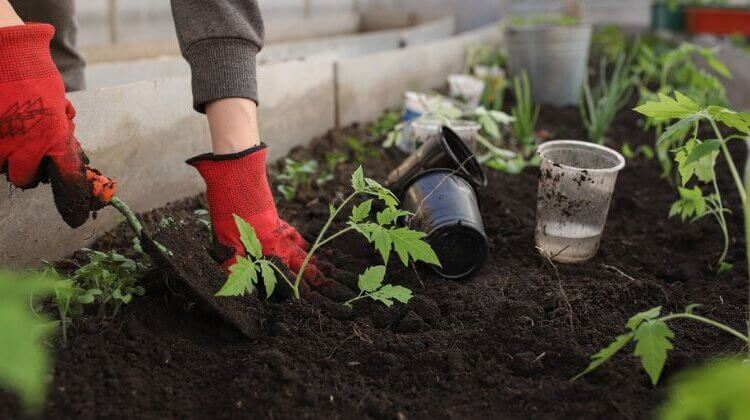
As the sweltering heat of the summer gives way to the cooler breezes of autumn, gardeners in Northeast Florida eagerly anticipate the fall planting season. With its unique climate, Zone 9B offers a plethora of opportunities for both novice and experienced gardeners. This guide provides a comprehensive look at how to harness the potential of your garden during the fall months in this lush region.
1. Understanding the Timing for Fall Gardening
When to Start a Fall Garden
In Northeast Florida, the best time to start your fall garden is as early as September. The key is to begin after the peak heat has subsided but well before the first expected frost. This timing allows plants to establish themselves while the temperature is still warm and benefit from the cooler weather as they mature.
Key Considerations for Timing Your Garden
The microclimates within the region, from coastal areas to inland spots, can affect local weather conditions slightly. Coastal gardeners might experience milder temperatures and can start a bit later, while those inland may wish to begin earlier to beat early frosts. Always keep a close eye on local weather forecasts as they can shift gardening timelines.
2. What to Plant in Fall: October Focus
Vegetables Suitable for October Planting
October is an ideal month for planting robust vegetables that thrive in the cooling weather. Some top choices for gardens include:
- Broccoli: Plant in early October for a late fall harvest.
- Lettuce: Offers quick growth and continuous harvesting.
- Carrots: Plant now for a winter harvest. Each vegetable will require basic care, including regular watering and the occasional use of mulch to maintain soil moisture.
Flowers and Other Plants for October
For those interested in beautifying their gardens, consider adding:
- Marigolds: These can add vibrant colors and also help deter pests.
- Snapdragons: Perfect for adding height and color variety to your garden.
3. Fall Planting Strategies
Soil Preparation for Fall Planting
Preparing your soil in autumn can make a significant difference. Amend your garden soil with compost to improve its nutrient content and drainage capabilities. A simple soil test can guide your amendments, ensuring your ground is perfectly prepped for the plants you’ve chosen.
Pest Management and Prevention
Keep an eye out for pests common in fall, such as aphids and caterpillars. Employing organic solutions like neem oil can be effective, while encouraging natural predators, such as ladybugs, can provide long-term benefits.
4. What Grows Best
Top Performers in the Fall Garden
Some plants do particularly well in the fall garden:
- Kale: Thrives in cooler weather and can grow well into the winter.
- Swiss Chard: Resilient and can be harvested throughout the season. Understanding why these plants succeed can guide your selections and care strategies, helping you optimize your garden’s output.
Challenges and Solutions for Fall Gardening
One common challenge is the unpredictability of weather transitions from summer to fall. Be flexible in your planting schedule and ready to protect plants from unexpected temperature dips with covers or mulch.
5. Monthly Fall Gardening Checklist
September Tasks
- Begin planting cool-weather crops like spinach and kale.
- Start routine maintenance such as weeding and adjusting water levels as the weather cools.
October Tasks
- Continue planting mid-season crops like carrots and lettuce.
- Monitor for pests and diseases, treating as necessary to prevent spread.
November Tasks
- Prepare for winter by applying a layer of mulch to insulate plants.
- Harvest late-season crops and remove any spent plants to reduce disease risks.
Fall gardening in Northeast Florida is a rewarding endeavor that extends the productivity of your garden and prepares your landscape for the coming winter. By planning properly and following these guidelines, you can enjoy a bountiful harvest and a beautiful garden.
We hope this guide helps you achieve your fall gardening goals! Feel free to share your experiences or ask questions in the comments below. For more gardening tips and seasonal guides, remember to follow our blog. Happy gardening!


Leave a Reply